Why this ex-snowboarder kept on running when all hope was lost
- Text by Sam Haddad
- Photography by Rémi Blomme and Timothé Nalet. Courtesy of Ludo Pommeret

Imagine entering a race that will require you to run all day and night — and that’s only if you’re exceptional. It will take even longer than a day if you’re not. Imagine running across the Alps, Europe’s highest and most punishing mountain range, in a race that stretches longer than four marathons.
Now picture puking your guts out by the side of a trail less than a third of the way into the race, looking so pale and broken that – as they pass you – all your friends and fellow competitors will think you’re about to drop out and seek urgent medical attention. But you don’t. Somehow you don’t.
The next time they notice you, you’re standing at the very top of the podium.

Growing up in the French Alps, Ludo Pommeret was unsurprisingly drawn to winter sports. He loved skiing and snowboarding. And windsurfing in the summer. He loved sports with stoke and adrenaline; running seemed achingly dull in comparison. “When I was younger, I thought it was not very interesting to run,” he says. “I thought runners were boring.”
Ludo was really good at snowboarding, especially big mountain freeriding and soon found he was picking up sponsors and doing shoots for brands. But as the stakes got higher, his interest in the inherent dangers of riding in the backcountry began to wane.
“When you reach a certain level, the descents start to be quite dangerous,” he says. “And you are jumping more and more, from higher and higher points… When I got older I started to think more about the danger. It became different.”
Ludo was hungry for a new challenge. A less risky way to feel the same buzz he’d got from charging down mountains. He certainly didn’t expect it to come from running, but when his brother-in-law suggested he enter a small race close to his village, he decided to give it a go.
“It was good. My brother-in-law and a few friends entered. They all did athletics and cross-country regularly, but I finished in front of them, so they were surprised,” he laughs. “I was too.”
At the beginning, he didn’t think running was something he could be good at. “I entered another race. This one started in my village so I thought, ‘Why not?’ It was a very long race — 106 km in total, with lots of elevation — though you could do it as a walker. But it was too difficult, the doctors stopped me after 60km, as my blood pressure was too low.”
Did he not want to steer clear of long races after that? “No, I thought maybe I just have to prepare for such a race. But the next year, I couldn’t finish either.” Then in 2003, that race stopped and the Ultra Trail Du Mont Blanc, or UTMB, began. It’s since become a world-famous event, often cited as the “Tour de France” of trail running. Ludo entered in 2004 but dropped out again, this time scuppered by tendonitis.
“Then I stopped long races. I decided to start doing smaller ones, to build up slowly.” It worked. Ludo was no longer getting injured and he started winning races. “That was the beginning of my running,” he says.

To his surprise, he started to experience that same passion and thrill that he used to get from snowsports once more but this time he was getting it from bombing down a mountain in his running shoes without a board or set of skis in sight. He loved the gradual anticipation of the climbs and running as fast as he could down the rugged and technical rocky terrain on the other side.
He now wins the races he once couldn’t finish, including last year’s UTMB, where he staged a never-seen-before, epic comeback, going from 50th to finishing 1st. It was this race, which had left him vomiting by the side of the trail seemingly stripped of hope. Yet with seemingly indefatigable spirit, he kept running, through intense summer heat, violent thunderstorms and disorientating darkness, to the most unlikely of victories.
How did Ludo keep going and maintain any semblance of morale when his chances of winning seemed so remote? “These races are so long and so much can happen. You just need to be there at the end and see.”
“Trail running is like life. You know you’ll have a bad moment in the race. Almost all races have a moment that’s difficult and hard to manage. In life, it’s the same, we have good and bad moments. Almost every time you have a bad moment, you’ll have a better moment to come.”

Read more Huck x HOKA ONE ONE stories here. If you run, or are thinking about making running part of your life, you can learn more about the innovative Mafate Speed 2 trainers Ludo wears at hokaoneone.com
Enjoyed this article? Like Huck on Facebook or follow us on Twitter.
Latest on Huck
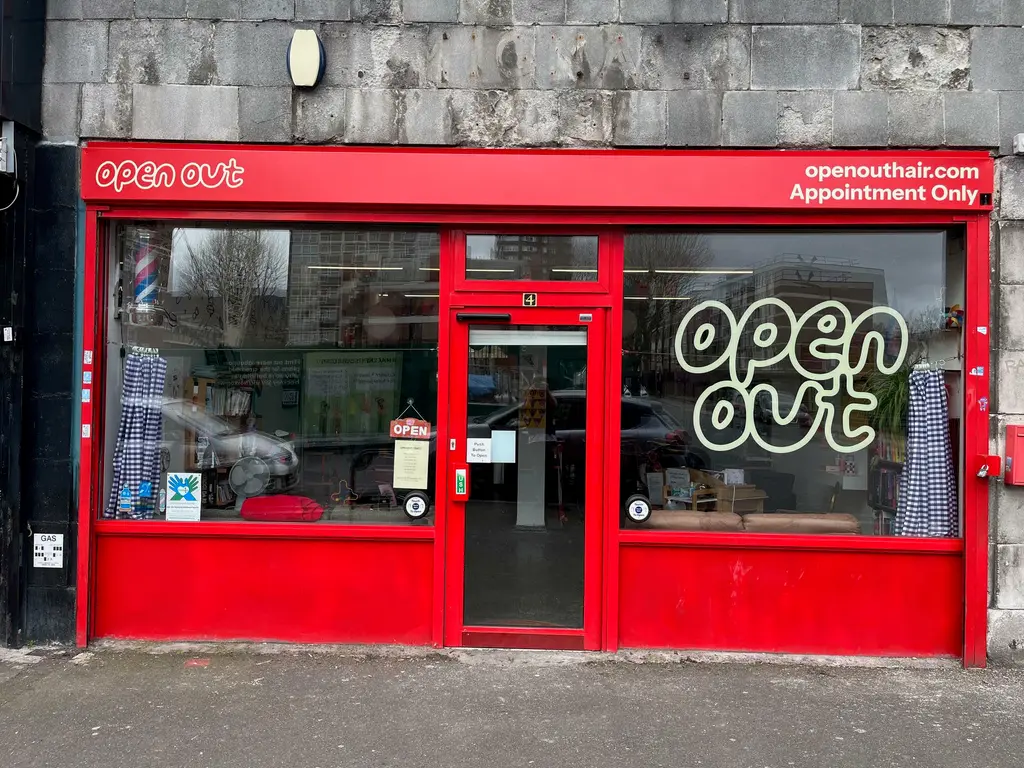
Meet the trans-led hairdressers providing London with gender-affirming trims
Open Out — Since being founded in 2011, the Hoxton salon has become a crucial space the city’s LGBTQ+ community. Hannah Bentley caught up with co-founder Greygory Vass to hear about its growth, breaking down barbering binaries, and the recent Supreme Court ruling.
Written by: Hannah Bentley
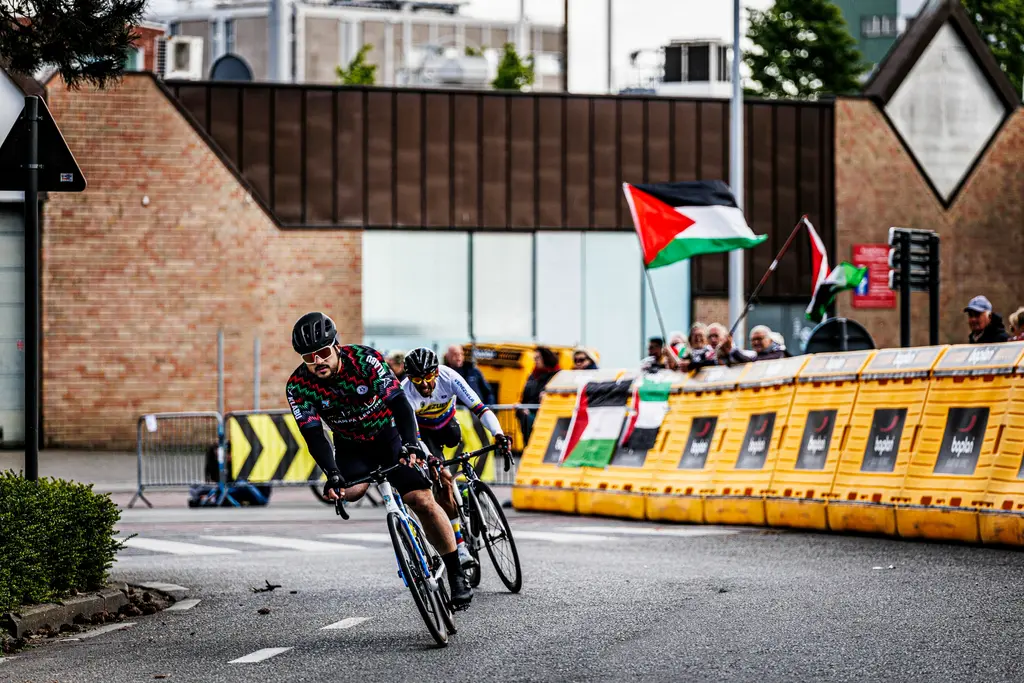
Gazan amputees secure Para-Cycling World Championships qualification
Gaza Sunbirds — Alaa al-Dali and Mohamed Asfour earned Palestine’s first-ever top-20 finish at the Para-Cycling World Cup in Belgium over the weekend.
Written by: Isaac Muk
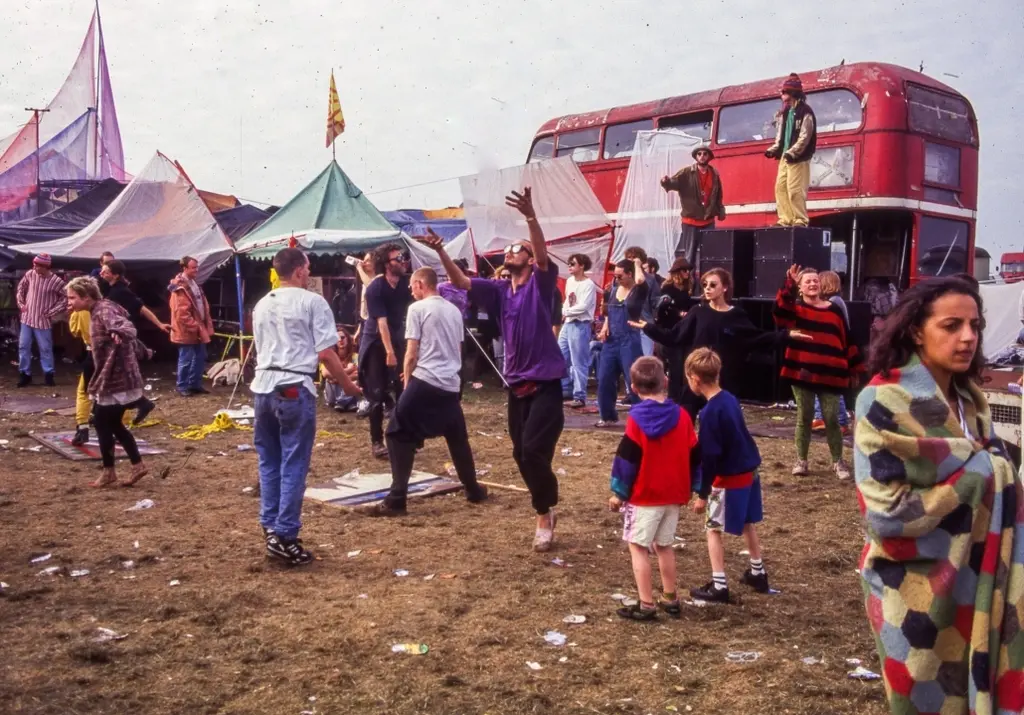
New documentary revisits the radical history of UK free rave culture
Free Party: A Folk History — Directed by Aaron Trinder, it features first-hand stories from key crews including DiY, Spiral Tribe, Bedlam and Circus Warp, with public streaming available from May 30.
Written by: Isaac Muk
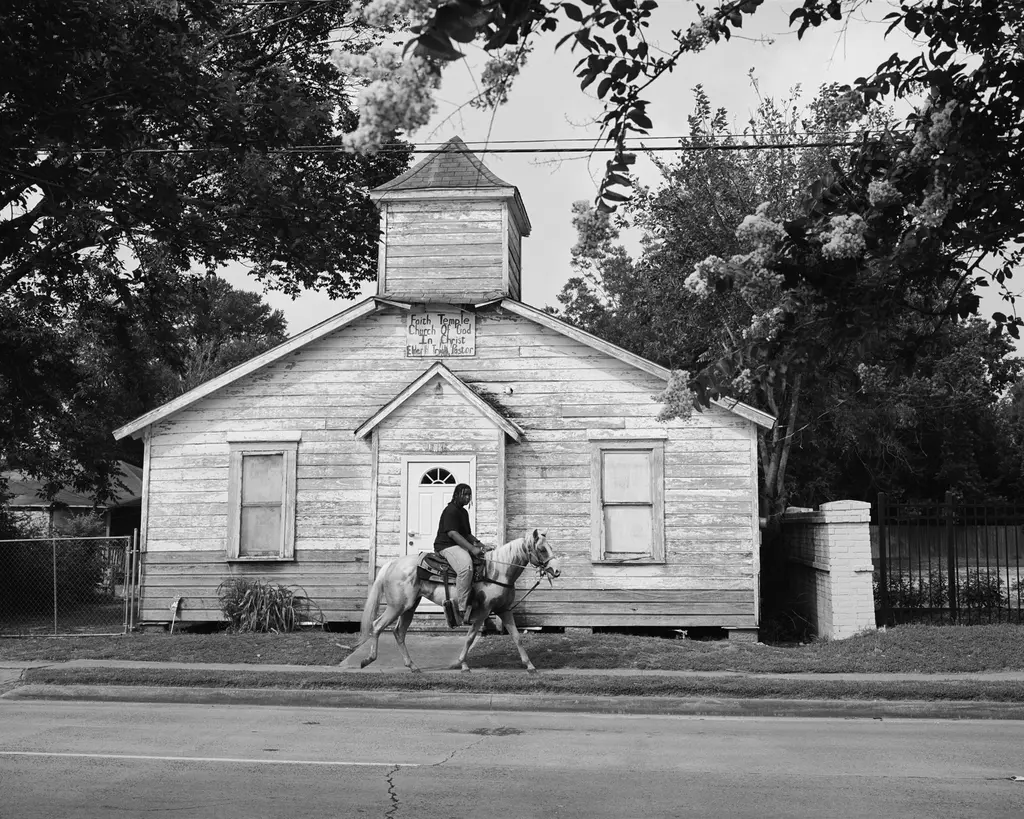
Rahim Fortune’s dreamlike vision of the Black American South
Reflections — In the Texas native’s debut solo show, he weaves familial history and documentary photography to challenge the region’s visual tropes.
Written by: Miss Rosen
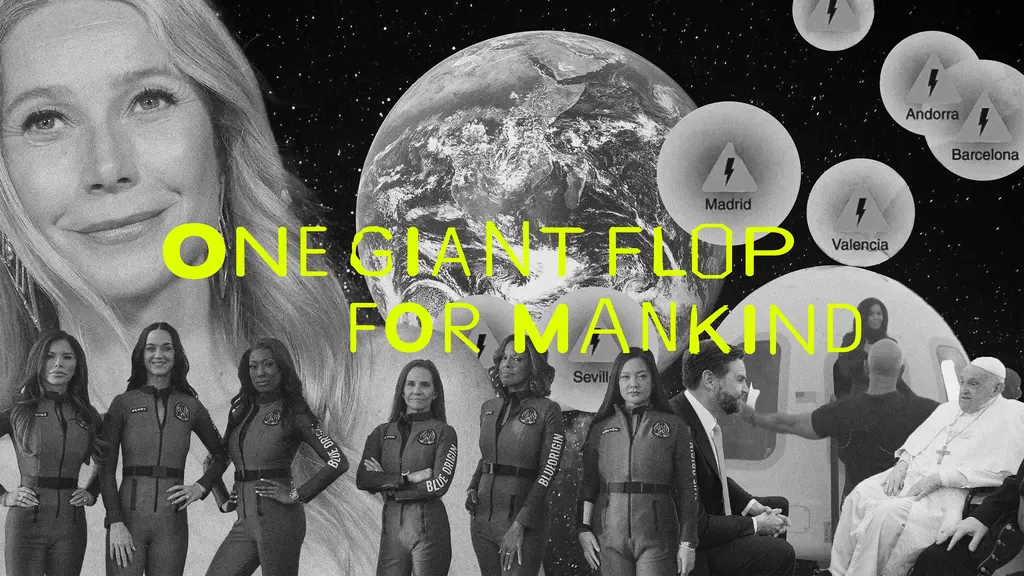
Why Katy Perry’s space flight was one giant flop for mankind
Galactic girlbossing — In a widely-panned, 11-minute trip to the edge of the earth’s atmosphere, the ‘Women’s World’ singer joined an all-female space crew in an expensive vanity advert for Jeff Bezos’ Blue Origin. Newsletter columnist Emma Garland explains its apocalypse indicating signs.
Written by: Emma Garland
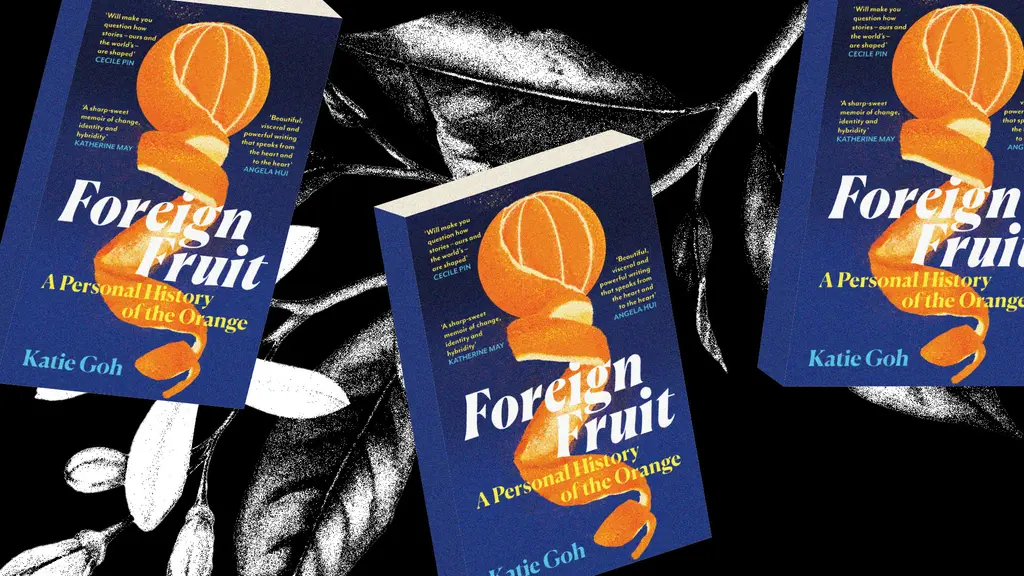
Katie Goh: “I want people to engage with the politics of oranges”
Foreign Fruit — In her new book, the Edinburgh-based writer traces her personal history through the citrus fruit’s global spread, from a village in China to Californian groves. Angela Hui caught up with her to find out more.
Written by: Katie Goh

